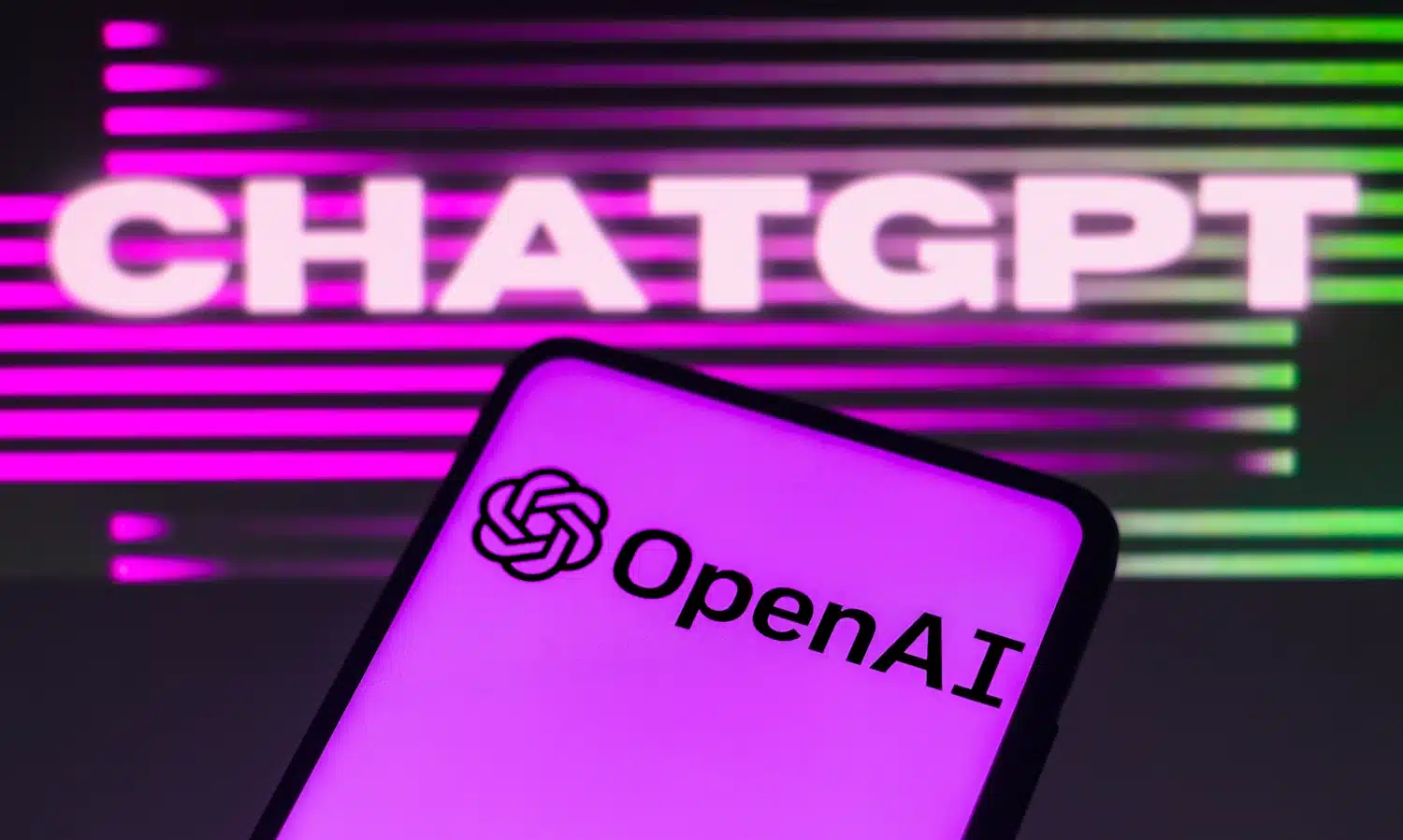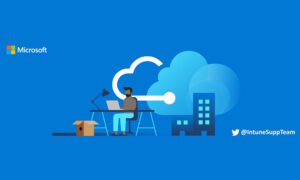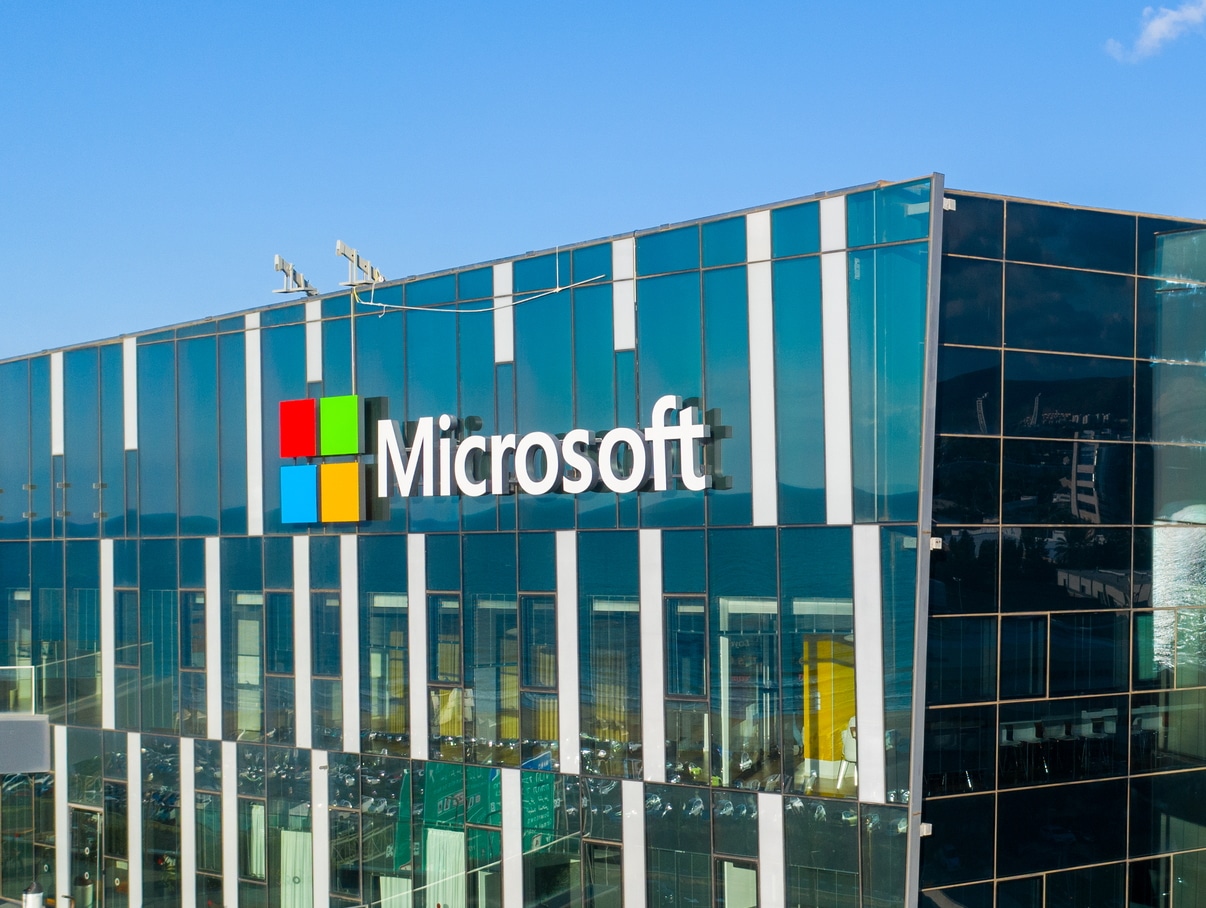
Security researchers can pocket financial rewards in the new Microsoft AI Bounty Program
Microsoft now has a bug bounty program that aims to find issues in artificial intelligence. Specifically, the Microsoft AI Bounty Program is focused on tracking down vulnerabilities in the company’s own AI-powered "Bing experience". This catch-all term covers a surprising number of products and services.
Interestingly, with this bounty program Microsoft is only offering rewards for the discovery of vulnerabilities considered Critical or Important. Those that are deemed of Moderate or Low severity will go unrewarded.

The top 5 tips for identifying and deterring suspicious API traffic
With the increasing reliance on APIs, detecting suspicious API traffic has become crucial to ensure the security and integrity of these interactions. Suspicious API traffic poses a huge threat to the overall system and its data, the traffic can indicate malicious intent such as unauthorized access attempts, data breaches, or even potential attacks targeting vulnerabilities in the API infrastructure.
API traffic refers to the data and requests that are transmitted between different applications or systems using APIs. This allows software programs to communicate and exchange information, enabling seamless integration and interaction between various platforms. API traffic also involves the transfer of data, such as requests for data retrieval or updates, between the client application and the server hosting the API.
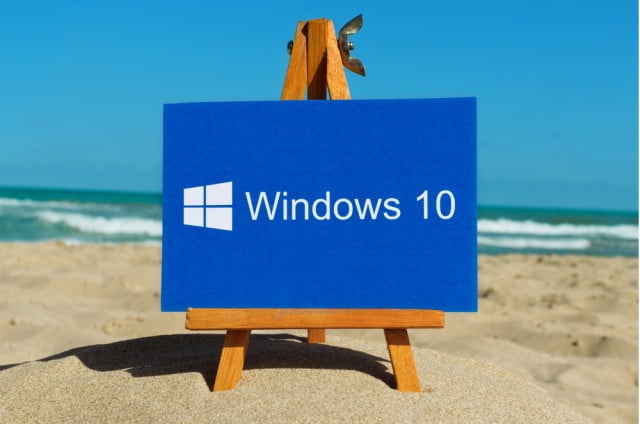
Microsoft is investigating failed 8007000D errors and installations of Windows 10's KB5031356 update
This month’s Patch Tuesday update was a significant one for Windows 10 users. The release of the KB5031356 update saw Microsoft addressing a number of security flaws, as well as fixing other issues -- and even introducing some new features.
But there have been problems. Following reports from users, Microsoft has confirmed that it is investigating instances of the update failing to install. The company says that the most frequently encountered issue is Error 8007000D (ERROR_INVALID_DATA), and it is using a KIR (Known Issue Rollback) to recall the update for now.

Google.com could be about to undergo its biggest change in years
There are some significant changes being tested on Google.com. A major focus on news could on the horizon as Google explores adding a Google Discover-style newsfeed to its search engine homepage.
Google Discover is something that will be familiar to many mobile users, offering up an algorithm-driven personalized selection of news stories. Now very much the same feature is being tested for desktop users.

TEAMGROUP launches T-CREATE CLASSIC C4 solid state drive
Today, TEAMGROUP introduces a brand new series of PCIe 4.0 solid state drives called T-CREATE CLASSIC C4. These M.2 SSDs come in various capacities and speeds, making them a great choice for creators looking to store and access their data quickly and efficiently.
One of the cool things about these new SSDs is their ultra-thin graphene heat-sink. This feature helps to keep the SSDs running smoothly even when they are working hard, allowing creators to focus on bringing their artistic visions to life without any hiccups.

How MSPs can help you harness the power of generative AI
Generative AI and large language models (LLMs) like ChatGPT are a scorching hot topic right now, and for good reason. A recent MIT study shows that LLMs can improve worker productivity by 50 percent in white-collar settings. Consequently, more than half of C-suite members globally (56 percent) feel pressured to adopt comprehensive GenAI tools during the next year -- yet two in three fear the consequences of rapid GenAI adoption, particularly as it applies to disinformation and data governance.
Leaders are overwhelmed by the prospective benefits -- and consequences -- of adopting GenAI. They may be surprised to learn that a managed service provider (MSP) can assuage their worries and prepare their organization for this newest iteration of digital transformation.

Krita 5.2 improves options for animations and text alongside more drawing-based improvements
The independent non-profit Krita Foundation has released Krita 5.2, a major point release of its open-source digital painting application for Windows, macOS and Linux.
The new release aims to focus on tackling what the developers describe as some of Krita’s "biggest pain points" in areas including animation, text and the program’s various tools.
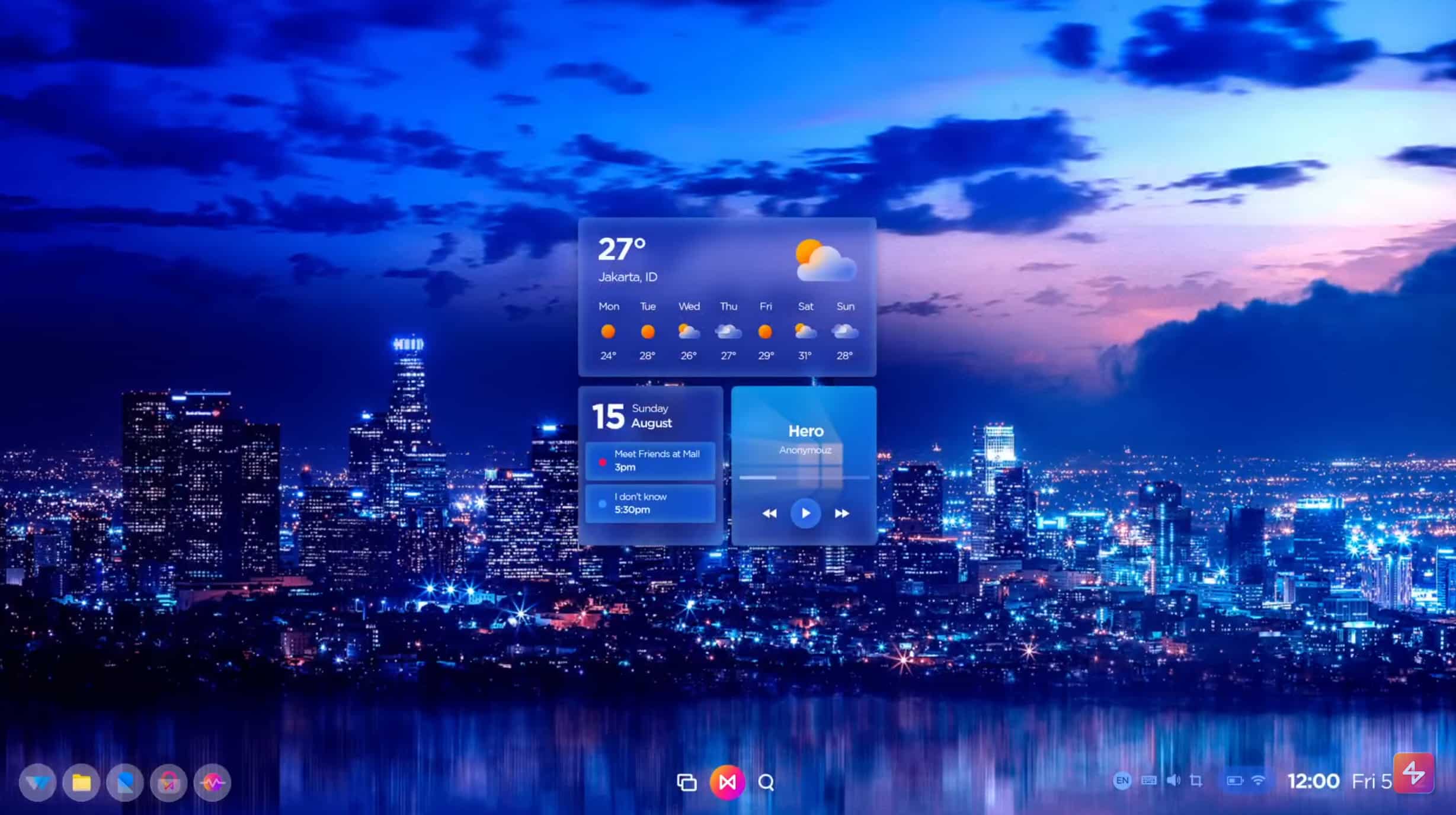
Forget Windows 12, the stunning MiracleOS could be the ultimate operating system
Microsoft is working hard at improving Windows 11, fixing problems and adding new features like AI, but the new OS is still lagging some considerable distance behind Windows 10 in terms of market share.
Windows 12 is already reportedly being worked on and, if the rumors -- and statements from Intel -- are to be believed, we might not have that long to wait for it to arrive. But if you want inspiration for what it could look like, feast your eyes on MiracleOS.

Best Windows apps this week
Five-hundred-and-sixty-four in a series. Welcome to this week's overview of the best apps, games and extensions released for Windows 10 and 11 on the Microsoft Store and elsewhere in the past seven days.
Windows 11 version 21H2, also known as the initial release version of Windows 11, is no longer supported. Users are encouraged to upgrade to Windows 11 version 22H2 to stay supported.

Get 'Killer ChatGPT Prompts: Harness the Power of AI for Success and Profit' (worth $12) for FREE
By now, you’ve heard of ChatGPT and its incredible potential. You may even have tried to use it a few times just to see it in action for yourself. But have you ever wondered what ChatGPT is truly capable of?
Killer ChatGPT Prompts: Harness the Power of AI for Success and Profit will show you the true power of Large Language Models (LLMs) like ChatGPT.

Canonical withdraws Ubuntu Desktop 23.10 ISO after discovery of hate speech in translations
Friday 13th has indeed proved unlucky for anyone looking to download the Ubuntu Desktop 23.10 ISO -- it is currently unavailable having been pulled just hours after launch.
The decision to withdraw the Mantic Minotaur ISO was taken after it was discovered that a contributor had inserted malicious translations into the installer. Although Canonical has not revealed the content of the user-submitted translations for the Linux distro, it has been described as "hate speech".

Does the new OWASP Top 10 accurately reflect the threats now facing APIs? [Q&A]
Application Programming Interfaces (APIs), which act as the glue connecting systems and applications together, are now the number one attack target for cyber criminals. Attack methods have changed over recent years, however, prompting the OWASP API Security Project to revise its API Security Top 10 of attack types for 2023.
But do the tactics, techniques and procedures (TTPs) it covers still serve as a blueprint for defense? We spoke to Jason Kent, hacker in residence at Cequence Security, to find out if the top 10 is liable to see defenders take too narrow an approach.
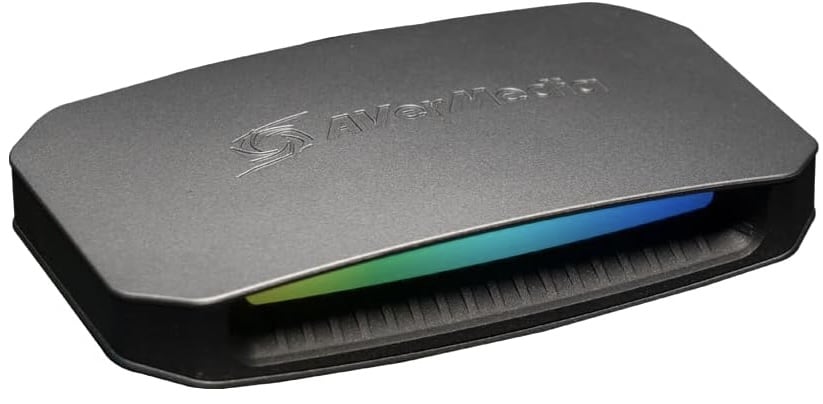
AVerMedia launches Live Gamer ULTRA 2.1 (GC553G2) USB capture card
AVerMedia Technologies, known for its audio and video solutions, has launched the Live Gamer ULTRA 2.1 (GC553G2), an HDMI 2.1 USB capture card aimed at improving the streaming experience for gamers worldwide.
Game streamers have been on the lookout for solutions to cater to the demands of the latest games and next-gen consoles. The Live Gamer ULTRA 2.1 seeks to address this need. This capture card uses HDMI 2.1 technology to offer better video quality with up to 4K144 pass-through HDR/VRR, aiming to transmit gameplay with improved clarity and fluidity. Additionally, it supports up to 4K60 capture, providing an option for streamers to capture their gaming moments with better clarity.
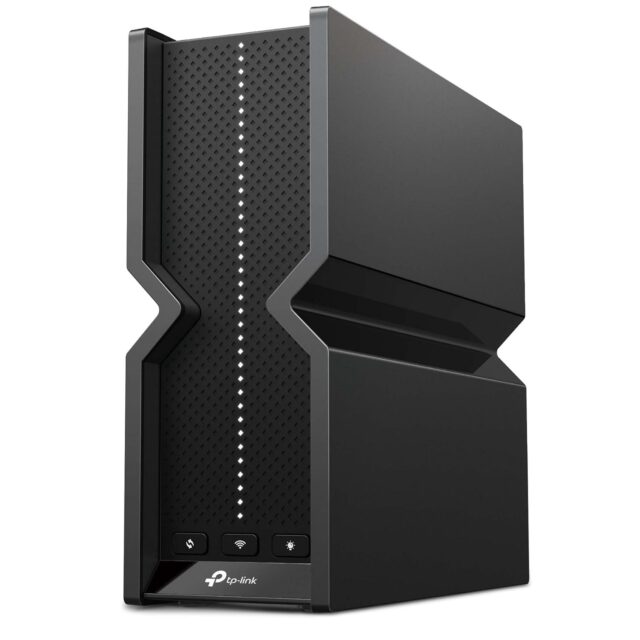
TP-Link Archer BE550 Tri-Band Wi-Fi 7 router (BE9300) is surprisingly affordable
Today, TP-Link launches a surprisingly affordable Tri-Band Wi-Fi 7 router. The Archer BE550, also known as BE9300, promises to serve as your gateway to seamless 4K/8K streaming and a lag-free online gaming experience -- all for under $300. That's a remarkable price for such a cutting-edge router.
One of the cool features of Archer BE550 is its tri-band design which propels Wi-Fi speeds up to a whopping 9.2 Gbps, effortlessly managed across six concurrent data streams. The Multi-Link Operation (MLO), a significant 320 MHz band, and the 4K-QAM technology, will take Wi-Fi speeds to 3.6 times faster than what you'd get with Wi-Fi 6 or Wi-Fi 6E routers.
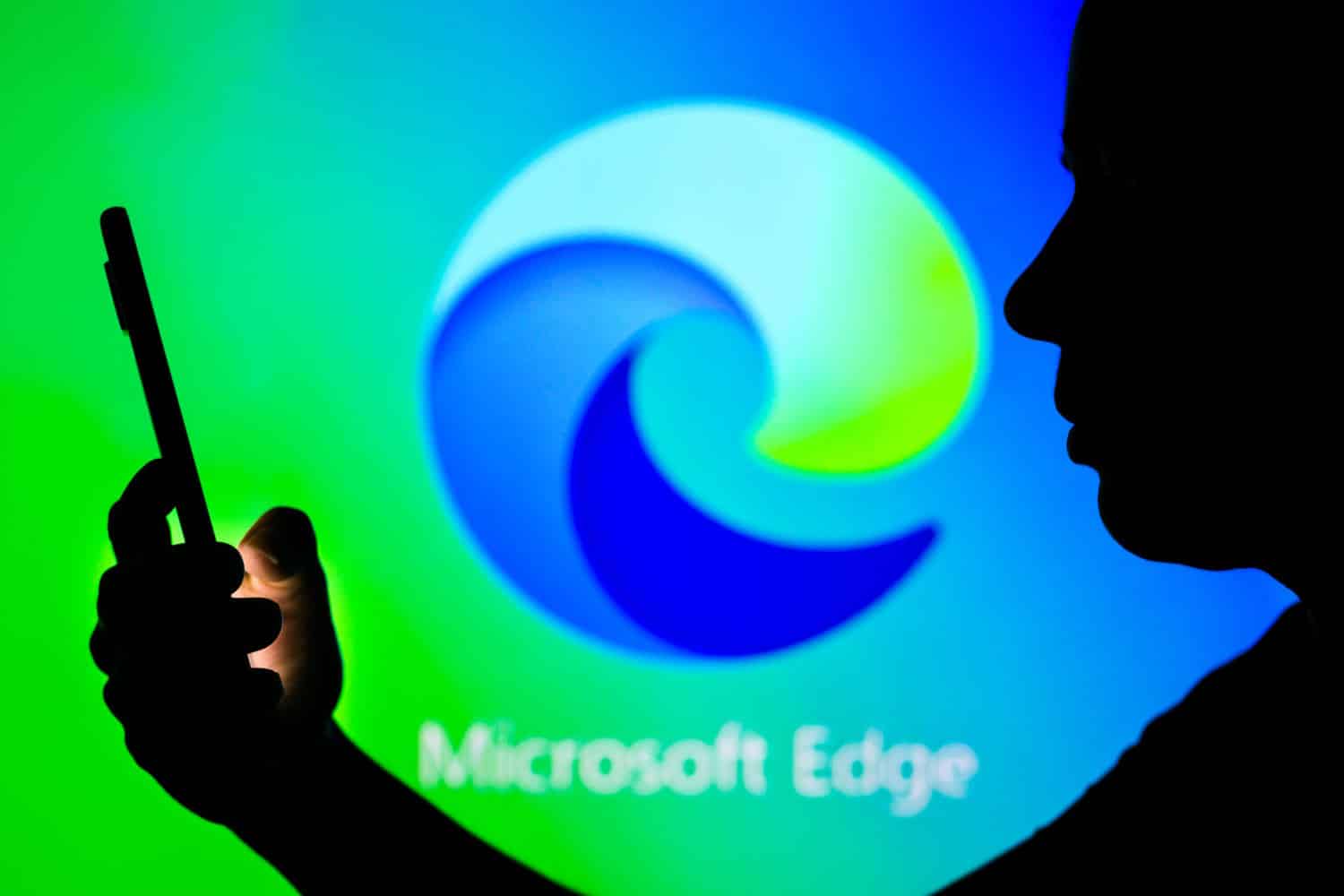
Microsoft Edge is snooping on your Chrome browsing activity; here's how to stop it
One web browser spying on another? Surely not! However, if you are using both Google Chrome and Microsoft Edge, Microsoft's browser could be grabbing all of your browsing history from Chrome every time you launch it.
If you decided to jump from Firefox to Chrome, from Edge to Firefox, from Opera to Edge or any other combination, you will probably have taken advantage of the option to import browsing history, saved passwords and so on. But you likely don’t want this cross-browser communication to continue indefinitely. Here’s how to check whether this sneaky data swapping is happening in the background and how to stop it if it is.

